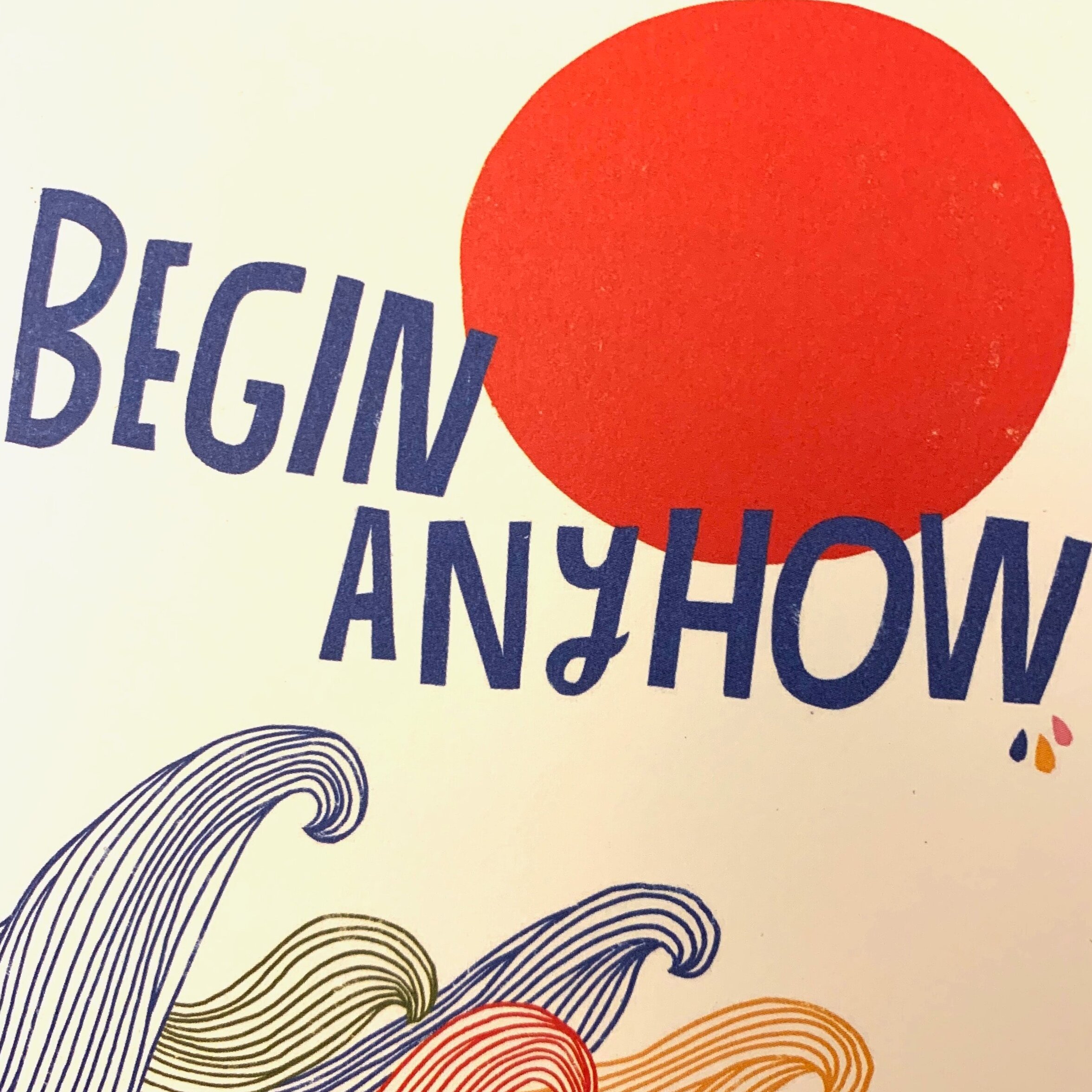A Velocity of Being is one of my favourite books to have come out recently. It’s a collection of letters addressed ‘to a young reader’ by all sorts of different people, from scientists and writers to entrepeneurs and musicians. It is edited by the extraordinary Maria Popova & Claudia Zoe Bedrick. Each letter is uniquely illustrated and speaks to the power of reading in one way or another. Late one night, after sharing a few with my children, I wrote a letter of my own. To them in some ways, the child who loves to read and the other who’s not so sure, but to all kids really. Anyway, it’s definitely not as good as the letters in the book (!) so please do buy or borrow the book, but for what it’s worth this is what I wrote:
Dear young reader,
Why do you read? Do you read because you can’t wait to know what happens next? Because you get lost in another world and forget to come back? Or because you’re searching for something but you’re not sure what? Or maybe you read because it makes you laugh, cry and all the things in between that friends can make you feel. Or maybe you don’t like reading at all and you do it because others say you absolutely must, because it’s ‘good for you’, in the way that vegetables are but you’d never choose to eat them.
Whether you love reading or whether you have yet to find the right book (that’s out there waiting for you, I promise) here’s what I’d like to share with you:
Stories are a form of real magic.
The words of a story are like the ingredients in a spell. Once they’re woven together in just the right way, they are capable of making the ‘unreal’ real. Real to you in that moment. I do not say this lightly. All sorts of people believe in things they cannot see or touch, but are nonetheless real to them. How? Because those things, those people and places come wrapped in story paper. Because stories are powerful and they can change the way you think, not just about the world but about yourself too.
Stories are a form of real magic.
I don’t mean the straight forward make-believe kind of magic but something far more powerful and sophisticated. Characters and places may not be ‘real’ in terms of blood cells or bone marrow, mileage per minute or geographical location but they are capable of a different kind life inside your imagination. One that is no less potent. Think of it as a kind of parallel reality that exists alongside the one you can see, touch, smell and taste.
Think about the feelings you feel while you’re reading, the way your heart quickens, the fear in your stomach, the laughter that bubbles up inside, the lump in your throat, the pain or the joy in your heart, the things you learn that change pieces of you on the inside, sometimes forever - all of these feelings and shifts are real things that can happen when you read.
Close your eyes for a second and recognise the power of your imagination and the magic that it’s capable of conjuring. Then try to hold these two contradictory things inside your head at the same time: what is imagined can also be real and what is real can always be imagined.
So if you read, read to believe. Read to carry and nurture that spark of something magical, at once real and imaginary, that lives inside you and always will, because you are human. Read to make sense of this beautiful but complicated world, to wonder, to learn, to empathise, to question. Read to connect, with yourself and with others, when you’re young and when you’re old too. And if you haven’t found the right book yet, read in search of it. Because when you do, it’ll change everything.
Read because stories are a form of real magic.













